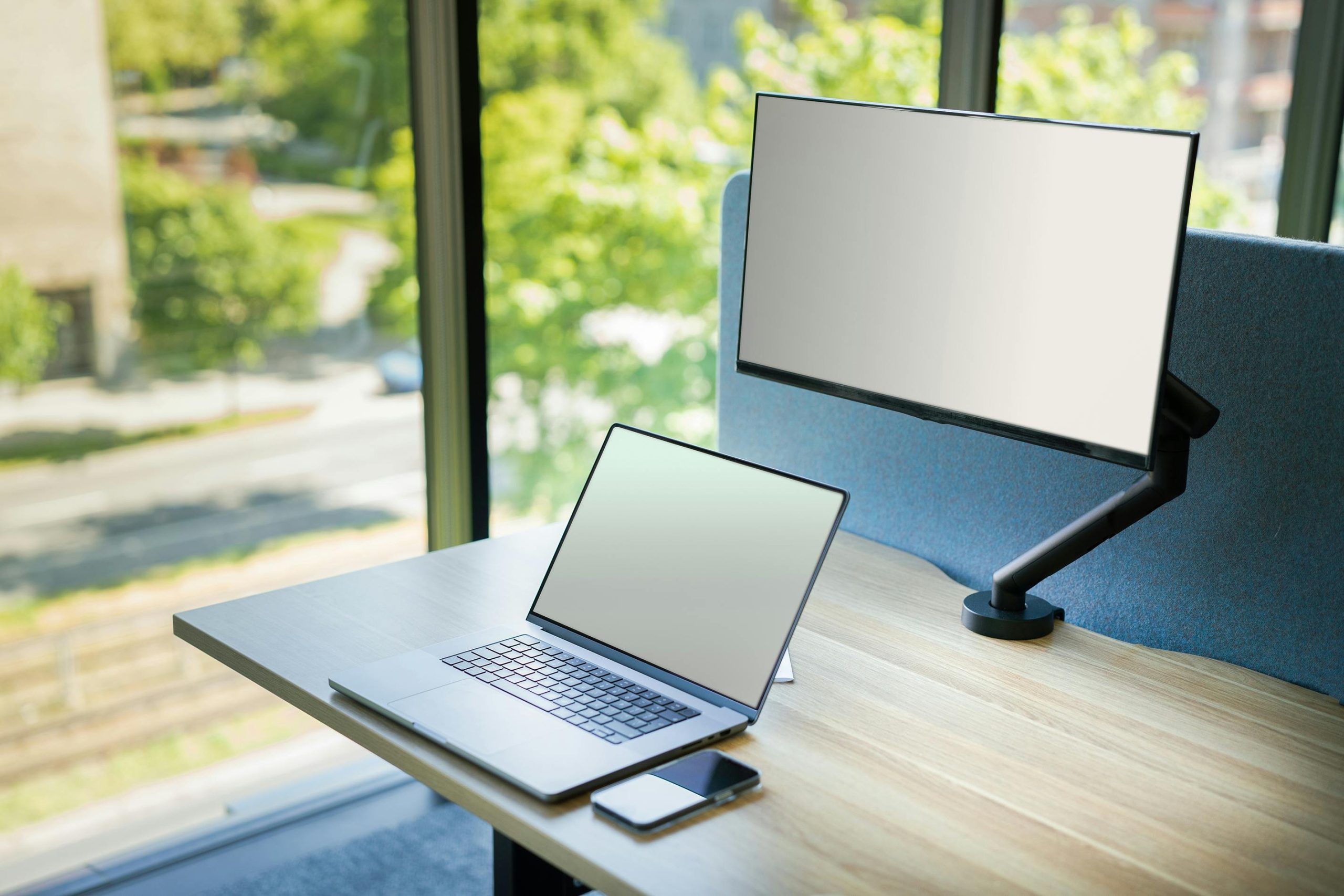Troubleshooting Brightness Issues When Connecting a New IPS Monitor to Your Laptop
Many users encounter display-related challenges when upgrading or connecting new external monitors to their laptops. One such issue involves the built-in screen appearing unusually dim during startup when an external display is connected, even as the external display functions correctly post-boot. This article explores the potential causes and solutions for such brightness inconsistencies, ensuring an optimal viewing experience across all screens.
Understanding the Issue
Recently, a user reported purchasing a new IPS gaming monitor. The problem arises when connecting this monitor via HDMI during laptop startup: the laptop’s built-in display appears significantly dimmer than usual, and adjusting Windows’ brightness controls has no effect. Interestingly, accessing BIOS during startup reveals proper brightness levels on the built-in screen, indicating that the hardware hardware brightness settings are likely unaffected. The issue only manifests when booting with the external monitor connected; disconnecting the monitor before startup allows the built-in display to function normally.
Potential Causes
-
Display Detection and Initialization Timing: During startup, Windows might detect the external monitor early enough to configure display settings differently, causing the built-in screen to adopt an unintended brightness profile.
-
Graphics Driver Compatibility: Certain graphics drivers may not handle external display connections gracefully during boot, leading to improper brightness adjustments or recognition issues.
-
Display Profiles and Power Settings: Windows display profiles and power management settings might prioritize external monitors once detected, affecting the built-in screen’s brightness control.
-
Hardware or Firmware Limitations: Some laptops or monitors have firmware quirks that cause conflicts during initialization, especially with new hardware.
Possible Solutions
-
Update Graphics Drivers: Ensure that your GPU drivers are up to date. Manufacturers often release updates that improve multi-display support and solve related bugs.
-
Adjust Windows Power Settings and Profiles: Check your display and power management settings to see if any profiles are affecting brightness levels when multiple displays are connected.
-
Configure Display Settings Post-Boot: Try disconnecting the external monitor before powering on the laptop, then reconnecting after Windows has fully booted. Once in Windows, reconfigure display settings as needed.
-
Set Brightness Directly in Windows: Use the built-in display settings (Settings > System > Display) to see if the brightness can be calibrated after startup when the external monitor is connected.
-
Check for Firmware Updates: Some laptops or monitors may offer firmware updates that
Share this content:



